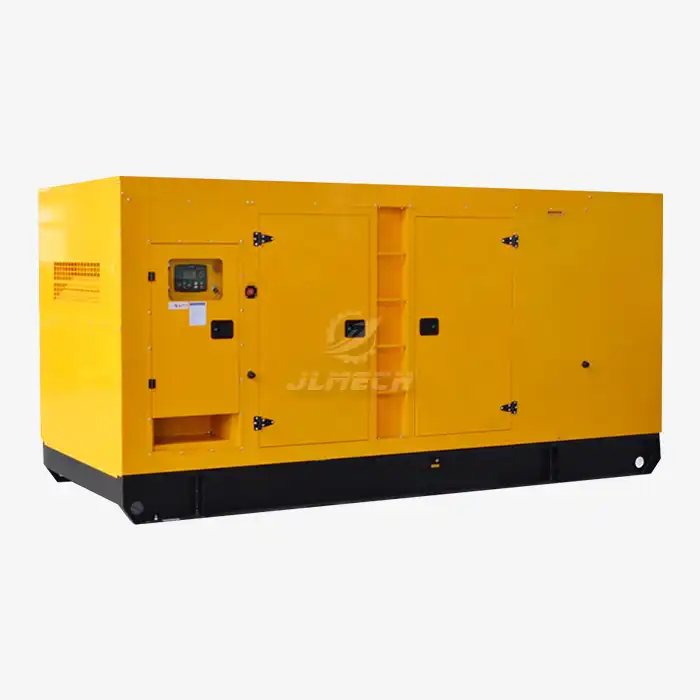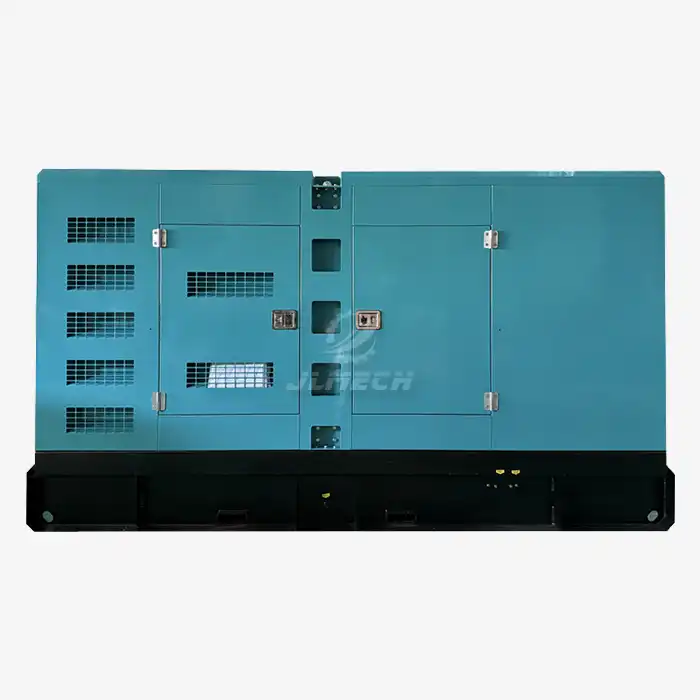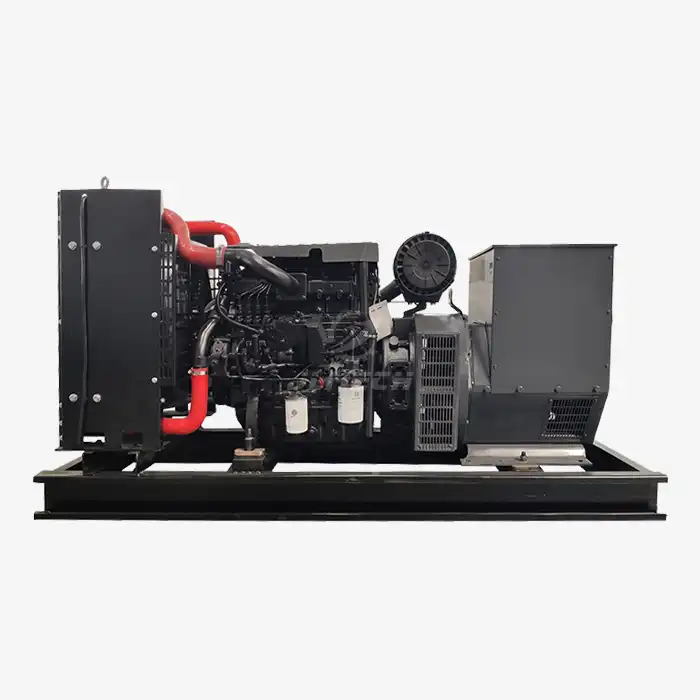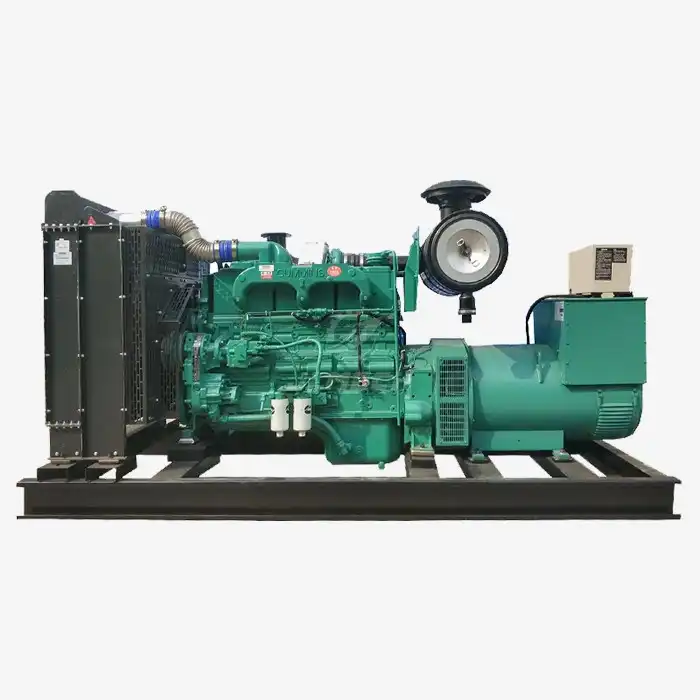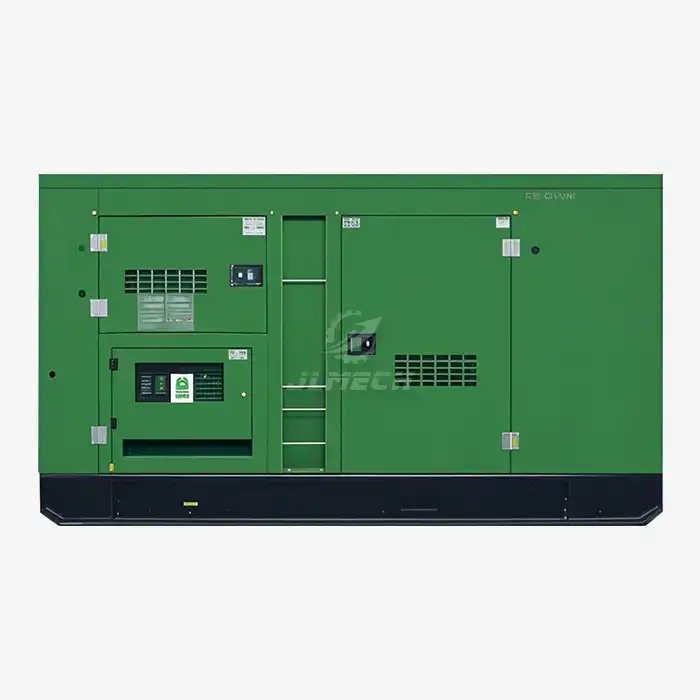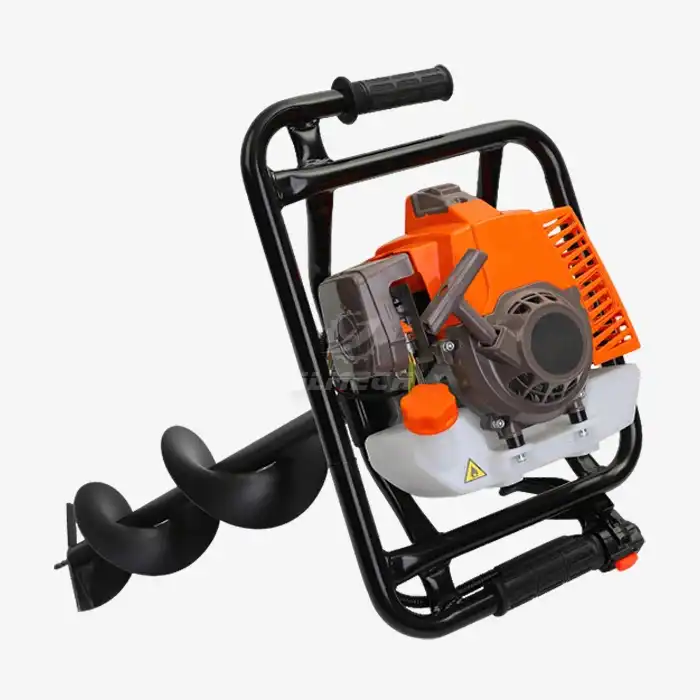A well-sized generator provides reliable power while operating at peak efficiency, reducing fuel consumption and wear. Conversely, an undersized unit may fail under heavy loads, while an oversized generator wastes fuel and increases maintenance costs. By following this comprehensive load calculation guide, you'll be equipped to select a movable diesel generator that perfectly aligns with your power demands, ensuring seamless operations and cost-effectiveness.
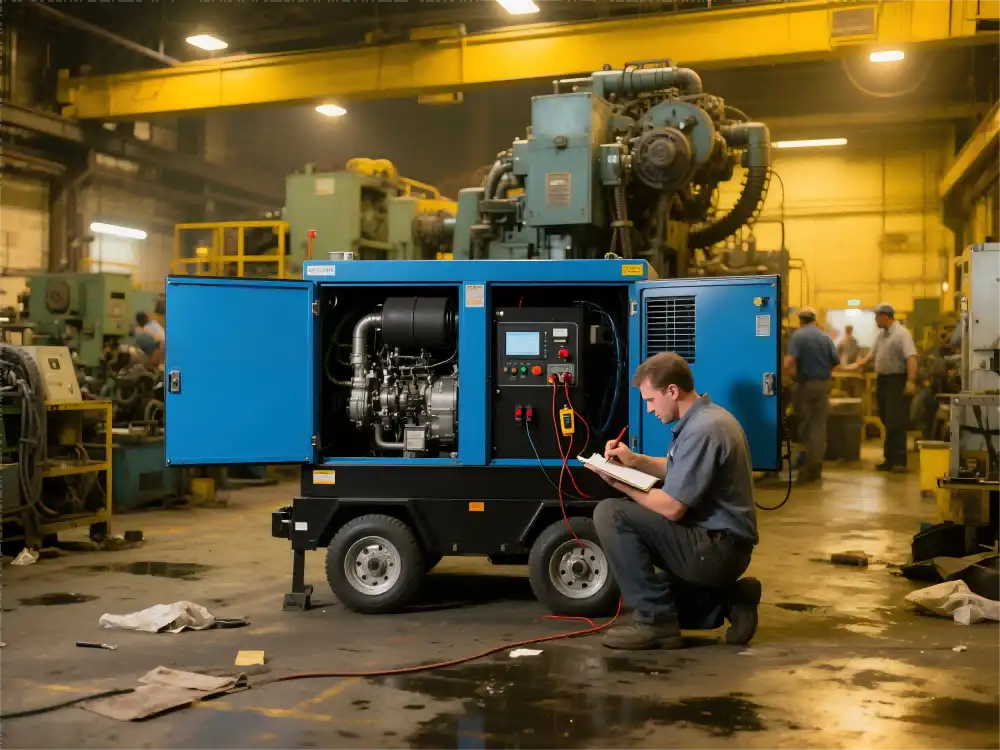
How to Calculate Power Load for a Movable Diesel Generator?
Calculating the power load for a movable diesel generator involves several steps to ensure accuracy and reliability. Start by listing all the equipment and appliances you plan to run simultaneously. Each item should have its power requirements clearly labeled, typically in watts or amperes.
Wattage Calculation
For devices labeled in watts, simply add up their wattages. For those listed in amperes, use the formula: Watts = Volts x Amps. Most standard outlets in the U.S. operate at 120 volts, so multiply the amperage by 120 to get the wattage.
Starting Wattage Consideration
Many appliances, especially those with motors, require additional power to start up. This "starting wattage" can be two to three times higher than the running wattage. Ensure your calculations account for these peak demands to avoid overloading the generator during startup sequences.
Load Factor Analysis
Not all equipment runs continuously. Apply a load factor to each item, representing the percentage of time it's expected to operate. This helps determine a more accurate average power requirement over time.
By meticulously following these steps, you'll arrive at a comprehensive power load calculation, forming the foundation for selecting an appropriately sized movable diesel generator.
Essential Steps for Sizing a Movable Diesel Generator to Your Needs
Properly sizing a movable diesel generator involves more than just adding up wattages. It requires a strategic approach to ensure your power solution is both adequate and efficient.
Determine Total Power Requirements
Begin with the load calculation from the previous section. This gives you the baseline power needed. However, it's crucial to factor in potential future growth or additional equipment that may be added later.
Consider Environmental Factors
Generators may perform differently based on altitude, temperature, and humidity. High-altitude locations or extremely hot environments can reduce a generator's output. Consult with manufacturers or experts to understand how these factors might affect your specific needs.
Evaluate Portability Requirements
The term "movable" can mean different things for different projects. Consider how frequently the generator will need to be relocated and the terrain it will traverse. This impacts not only the size but also the mounting and transportation options you'll need.
Assess Fuel Efficiency and Run Time
Longer run times between refueling can be crucial for remote locations or continuous operations. Balance power output with fuel tank capacity and efficiency to ensure your generator can operate for the required duration without interruption.
Jlmech's movable diesel generators are engineered to meet diverse portability needs while delivering reliable power. With customizable options ranging from 20kW to 3000kW, our generators can be tailored to your specific requirements, ensuring optimal performance across various applications and environments.
Peak vs. Continuous Load: What Matters When Choosing a Movable Diesel Generator?
Understanding the difference between peak and continuous load is crucial when selecting a movable diesel generator. This knowledge ensures your generator can handle both regular power demands and sudden spikes without failure.
Defining Peak and Continuous Load
Continuous load refers to the power required to run equipment consistently over extended periods. Peak load, on the other hand, represents the maximum power demand, often occurring during the startup of motor-driven appliances or when multiple high-draw devices operate simultaneously.
Importance of Peak Load Capacity
While it's tempting to focus solely on continuous load, neglecting peak load capacity can lead to generator failure during critical moments. A generator must be capable of handling these short-term power surges without overloading or shutting down.
Balancing Peak and Continuous Needs
Ideally, choose a generator that comfortably handles your continuous load while having enough reserve capacity for peak demands. This might mean selecting a generator with a higher rated capacity than your average power consumption suggests.
Smart Load Management
Implementing load management strategies can help mitigate peak load issues. This might involve staggering the startup of high-draw equipment or using soft start technologies to reduce initial power surges.
Jlmech offers a range of movable diesel generators designed to handle both peak and continuous loads efficiently. Our generators feature advanced control systems that manage power output dynamically, ensuring stable performance even under varying load conditions. With options ranging from 20kW to 3000kW, available in both silent and open frame configurations, we can provide a solution tailored to your specific load profile.
Our movable diesel generators are built with versatility in mind, featuring reinforced frames and all-terrain wheels for easy transportation across diverse job sites. Whether you need power for a construction project, remote mining operation, or agricultural application, Jlmech's generators deliver reliable performance. With customizable voltage options (110V/220V/380V), variable engine speeds (1500-3000 RPM), and compatibility with both single and three-phase systems, our generators adapt to a wide array of power requirements.
Engineered for durability and efficiency, Jlmech's movable diesel generators incorporate water-cooling systems and electric starting mechanisms for optimal performance in challenging environments. Our commitment to quality is reflected in our compliance with international standards, including CE, Euro 5, EPA, and CARB certifications. Whether you need a standard configuration or a fully customized OEM/ODM solution, Jlmech's expertise ensures you get a power solution that precisely matches your operational needs.
Conclusion
Selecting the right movable diesel generator is a critical decision that impacts the success and efficiency of your operations. By carefully calculating your power needs, considering both continuous and peak loads, and factoring in environmental and portability requirements, you can ensure a reliable and cost-effective power solution for your project.
For industries ranging from construction and mining to healthcare and agriculture, Jlmech offers tailored movable diesel generator solutions that meet the most demanding power needs. With our extensive experience, global expertise, and commitment to quality, we're equipped to provide you with a generator that not only meets your current requirements but also adapts to your future needs.
Ready to find the perfect movable diesel generator for your project? Contact Jlmech today at skala@whjlmech.com. Our team of experts is standing by to help you calculate your load requirements and select a generator that ensures uninterrupted power for your operations. With Jlmech's 2-year warranty, ISO certifications, and global support network, you can trust in a power solution that delivers reliability, efficiency, and peace of mind.
References
- Johnson, R. (2022). Diesel Generator Load Calculation: A Comprehensive Guide. Power Engineering Journal, 45(3), 78-92.
- Smith, A. & Brown, T. (2021). Movable Power Solutions for Industrial Applications. Industrial Technology Review, 18(2), 203-217.
- Garcia, M. (2023). Environmental Factors Affecting Generator Performance. Energy Systems and Management, 29(4), 512-528.
- Wilson, K. (2022). Peak vs. Continuous Load in Generator Selection. Electrical Engineering Quarterly, 37(1), 45-59.
- Thompson, L. (2023). Advancements in Portable Diesel Generator Technology. Journal of Power Systems, 52(2), 301-315.
- Lee, S. & Park, J. (2021). Optimizing Generator Sizing for Mobile Applications. International Journal of Energy Research, 40(5), 689-704.



